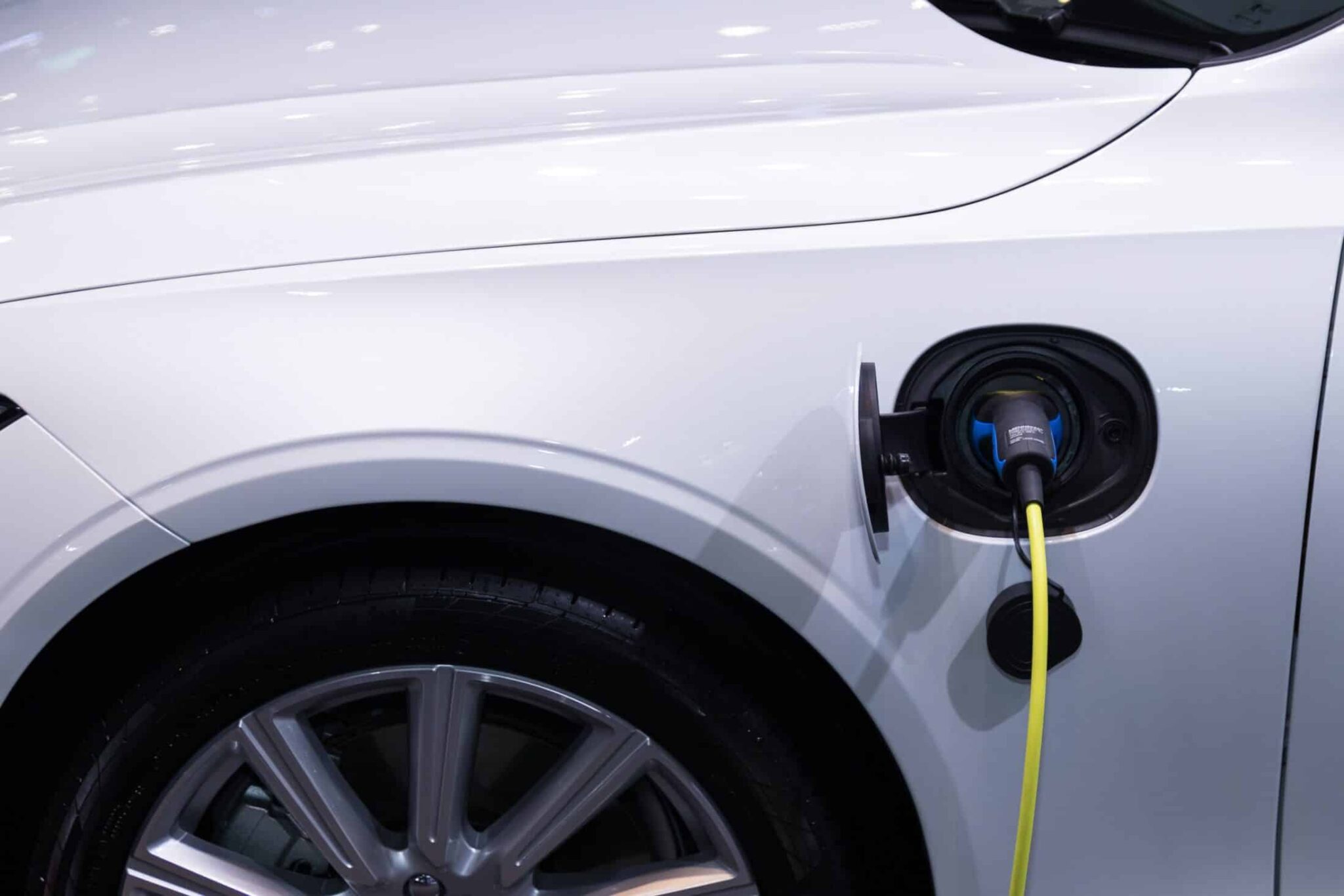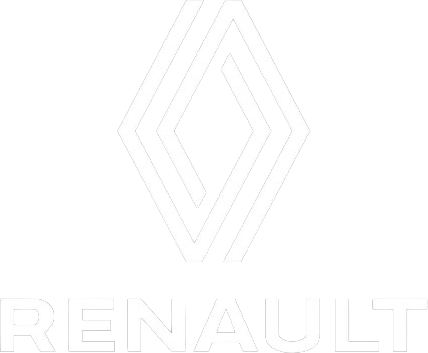“Europe will impose ‘zero emissions’ in 2035.”
This is the headline of many newspapers and car magazines in this late spring of 2021. We are in 2022 and the European Commission has just validated this statement.
From 2035 onwards, car sales in Europe will therefore only be for “zero emission” vehicles. The electric car seems to be the preferred solution to meet this new standard.
Before this deadline, car manufacturers will be required to reduce pollutant emissions more stringently. The European CAFE (Corporate Average Fuel Economy) standards require a 55% reduction in emissions by 2030 compared to 2021. This threshold corresponds to a range with average CO2 emissions of no more than 43 g/km.
This rule, which adds an intermediate step to reduce polluting emissions, propels the transition from thermal to electric cars. By 2030, it is already likely that manufacturers will offer only electric cars and plug-in hybrids. This raises many questions for car manufacturers: Is the electric car the best solution? What other solutions are conceivable? Are we able to offer the same level of quality as we did with combustion engines?
In any case, the electric car has become a must in the automotive world, but how is this technology integrated in the most complete automotive simulation tool on the market? Is it possible to replace a thermal powertrain by an electric one with SCANeR? Definitely.
How to replace a thermal powertrain by an electric one with SCANeR
SCANeR’s VEHICLE mode allows you to create or modify CALLAS vehicles, perform standard ISO tests, or integrate third-party vehicle dynamics models.
CALLAS, AVSimulation’s vehicle dynamics model integrated in SCANeR, is the premium model used for high-end driving simulators and automotive engineering. Its functional approach allows for rapid development. While its level of detail and validation ensures a realistic driving experience when used in a simulator, it also provides high accuracy when used to develop, evaluate and validate vehicles and systems in an engineering environment.
More information on the CALLAS vehicle dynamics models here.
It is in particular thanks to the CALLAS vehicle dynamics model that it is possible to change a thermal powertrain by an electric one within SCANeR.
To understand how to do this, we will see next how to transform the “SmallFamilyCar” into a “SmallFamilyCar_Electric”.
SCANeR provides by default vehicles with vehicle dynamics that can be used as is. Thermal, hybrid or electric.
To start, you need to edit the CALLAS “SmallFamilyCar” provided by default.
Mode VEHICLE
Then tick “Electric motors” in “Components type” and uncheck “Internal combustion engine”. You can see that this has made “Electric Propulsion” appear in the list of components assigned to the vehicle, and made “Engines” disappear.
To create a hybrid vehicle, simply tick both types of powertrains. You then have to add an energy supervisor, allowing you to control each engine independently, in the “External model” section.
An example is available in the default vehicle “SmallFamilyCar_Hybrid”. This plug-in will allow you to easily manage your strategy.
The “Electric Propulsion” category is in fact the one that hosts a battery (with its characteristics) that will supply one or more corresponding machines (and consistent with the operating voltage). It is possible to edit the battery model by clicking on “Edit”.
Electric Propulsion – Edit
In the editing window that appears, it is possible to enter the battery charge and discharge maps.
Battery charge
Battery discharge
It is also in the “Electric Propulsion” category that it is possible to import electric motors, to create them from scratch, or to modify them.
Electric Propulsion – New/Import…
To edit a new or existing engine, be sure to select it and click on “Edit”.
Afterwards, the transmission must be changed. It is possible to modify the transmission already in place but it is recommended to create a new one and to declare it as the transmission to be used. This will allow you to keep the old transmission and to switch more easily from one to the other, thermal or electric.
Once the new transmission is created, simply select “No clutch” and “No gearbox” in the “Modeling levels” section to define a gearbox.
New transmission
Finally, you must not forget to manage the distribution. This allows you to place the motors, either in the wheels or on the differentials. To do this, you must first choose the distribution scheme to use (FWD, RWD, in star, in H, 4WD), then place the motors on the differentials or in the wheels.
Distribution
| That’s it! In a few clicks, the thermal powertrain of a CALLAS vehicle has just been transformed into an electric powertrain in SCANeR. All that remains is to adjust the model if necessary and to start testing.
To summarize, SCANeR allows you to port your simulation strategy from thermal to electric very simply to be ready for 2035 (and well before). |
Written by Victor Chan Kam Shu.







